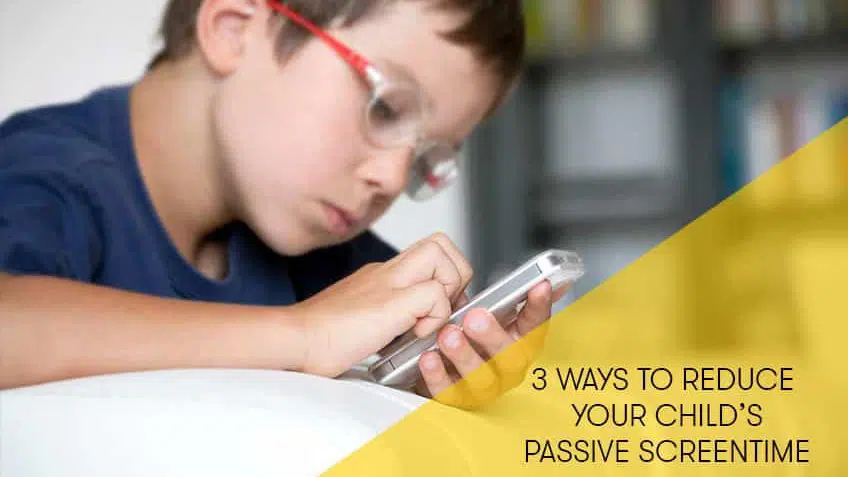At NutSpace, technology is an important aspect of education because we believe that is the way ahead. The use of digital devices has seen a surge in the near past. In my quest to understand the causes and effects of this increase, I came across an article: Kids and Digital Media by Jenny Radesky MD. It articulates the rise of the use of digital devices among children from the 1970s and lists out the reasons for the same. It is interesting to note however that the way to building a sense of the proper use of the media is through example.
As an educator then the one question that parents are constantly asking us is “How do I keep my child away from the technology?” We are surrounded by machines and their use is inevitable. Screen time is no different. If one prohibits the use, one is restricting the growth of one’s child as keeping up with current times is not only essential but also the need of the hour.
It is in keeping with the times. However, the question that one must really ask oneself is – how much is too much?
What is Active and Passive Screen Time?
I recently stumbled upon the trailer of “Young Sheldon” where a young boy of 11 years is in a conversation with his sister and reasoning it out with her as to why he does not like watching television – “It is because I am not learning anything new.” That is exactly what active screen time is all about.
Are we still talking about keeping our children away from tech? Written by Mydhili @Myd further elucidates on the difference. Active screen time is where when one is engaged in learning. Learning includes social skills, problem-solving, critical thinking, creative thinking etc. The engagement is twofold. Passive screen time does not encourage active engagement on the part of the person. It does not lead one to think.
The whole idea is not to completely detach them from their engagement with the screen but to make sure that it is constructive.
Ways you can reduce passive screen time for your child.
- Supervise – It is of paramount importance that content is supervised by an adult. Select educational content that encourages them to respond.
- Identify a time – Decide beforehand for how long and at what time in the day they can use a device. Avoid giving screen-time just before bed.
- Monitor the learning – Experiencing what one learns reinstates learning. So, talking to them about it post their screen engagement is important.
To learn more about screen time, please read this article: Is Screen Time Good or Bad for Your Child
Here’s a video with tips on how to monitor your child’s screen time:
It is essential to expose them to stories, games and other content that demands active involvement on their end and not just passive receiving of information.
We at NutSpace have been constantly trying to make learning active and growth oriented through stories. Keeping in mind the need for constructive screen time, the stories aim at a good blend of entertainment and social and emotional learning. They are written and edited keeping in mind WHO’s ten life skills that essentially every child must develop.

